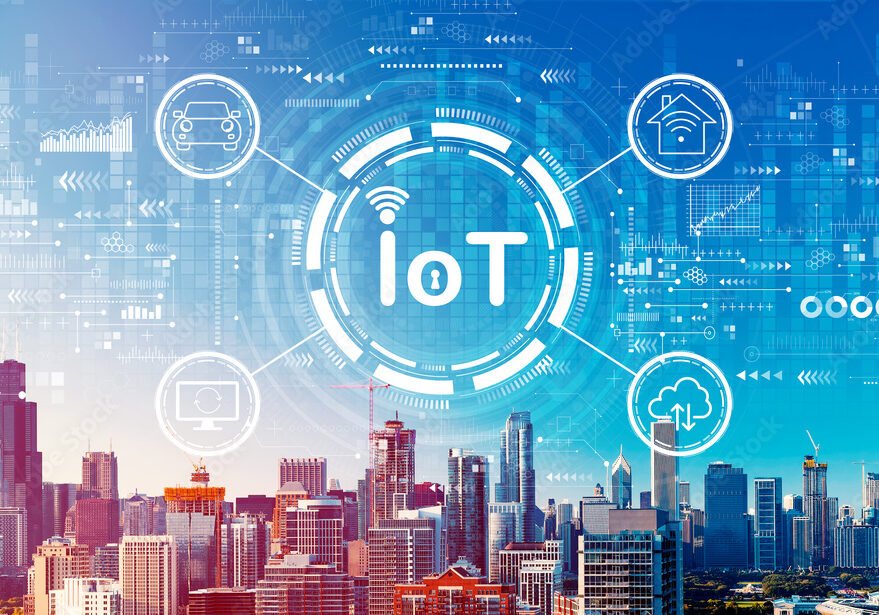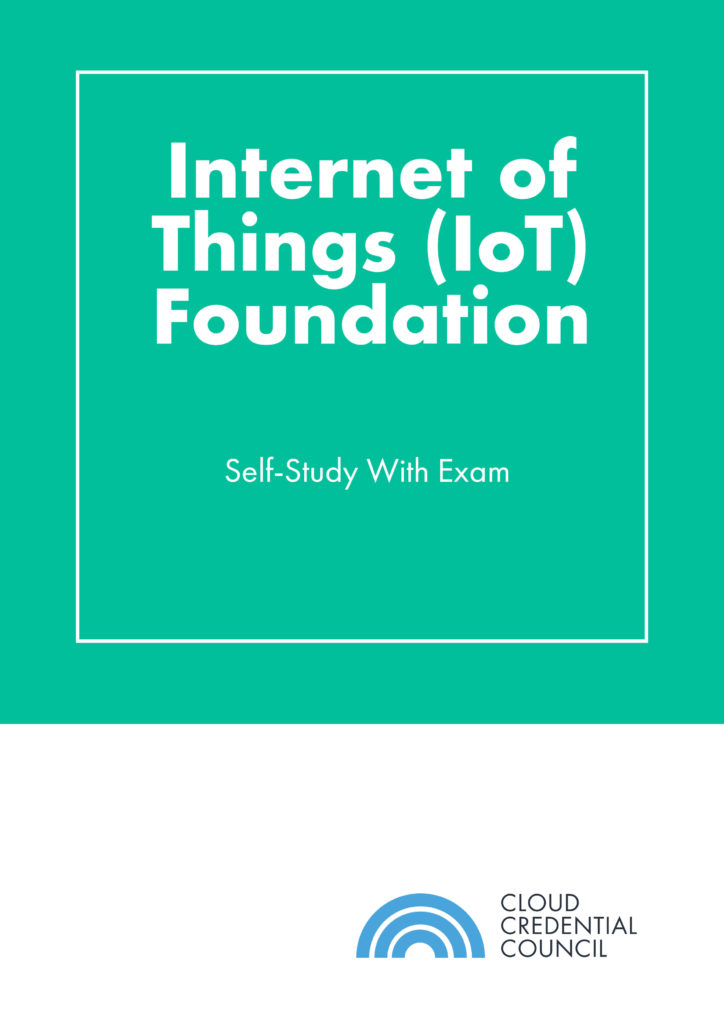IoT in the healthcare industry: applications, benefits and challenges

Siddharth Pareek
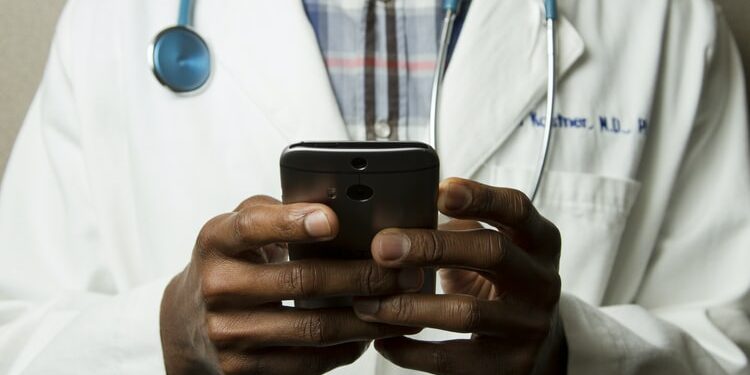
The Internet of Things represents the process of connecting devices and operating machinery, by allowing data transfer and storage using the Internet. Lately, the healthcare industry has seen a boost in its development due to IoT integration. To be precise, the value of the Internet of Medical Things (IoMT) sector is estimated to reach $446.52 billion in 2028 at a compound annual growth rate of 25.9% between 2021 and 2018.
The demand for connected devices has increased especially during the coronavirus pandemic. A highly dangerous and easily transmissible virus has made it necessary to treat patients without direct contact. Thus, wearable medical devices to monitor heart rate, temperature, blood oxygen level have become a must during the Covid-19 pandemic. IoMT helps doctors consult, treat, and diagnose patients remotely and essentially enhance all parties’ well-being in society. In this article, we dig more into the use cases and applications of IoT in the healthcare industry. The article outlines the advantages of IoMT for patients, doctors, and hospitals; discusses possible challenges of IoMT, and predicts the future of the sector.
Top 5 applications of IoT in the healthcare industry:
1. Smartwatch monitoring
One of the very common examples of an IoMT device is a smartwatch. Originally not designed as medical devices, smartwatches are transforming into powerful tools with a wide range of features that can help your health monitoring. Smartwatches can take an echocardiogram using electrical heart sensors, control irregular heart rhythm, monitor sleep cycle, serve as reminders to drink water, exercise, etc. The collected information is instantly updated on the patient’s phone in the form of graphs and tables, which are very easy to understand, interpret, and, therefore, monitor the health status. Brands like Apple, Fitbit, Garmin, Samsung, Xiaomi offer a wide variety of devices to choose from.
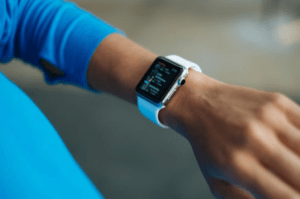
2. Connected inhalers
Another smart IoT technology that can prevent respiratory conditions is the connected inhaler. Asthma represents a chronic disease that might cause difficulty in breathing. According to the Royal College of Physicians, two in three deaths from asthma can be prevented. IoT-connected inhalers monitor the frequency of attacks, alert patients if they forget the inhalers at home, warn if the device is used improperly, and gather environmental data to determine the causes for eventual attacks. In other words, IoMT can literally help prevent fatal situations.
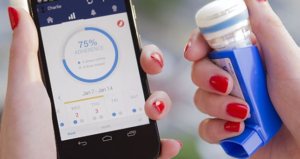
3. Robotic surgery
Complex surgery procedures can be successfully implemented by the use of Internet-connected “robots” inside the human body. These types of surgeries can reduce incisions, have a less invasive process, and help patients’ faster recovery. The devices are very performant: they can interpret complicated situations, make the right decisions during surgery, and help doctors achieve the medical procedure’s best outcome. Biggest competitors within medical robotics worth knowing are Intuitive Surgical, ZTransenterix, Myomo, Rewalk Robotics and Diligent Robotics.
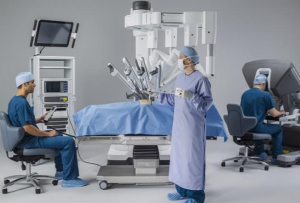
4. Glucose monitoring
Several health indices can be automatically monitored through IoT medical advice. Another successful implementation of an IoT device aims to monitor glucose. This makes the monitoring convenient, noninvasive, comfortable, and safe for a lot of people, roughly for 1 in 10 Americans, given that diabetes is recorded as being one of the most common diseases in humans. The IoT-based glucometer automates the recording of glucose levels and can alert patients whenever the levels are problematic.
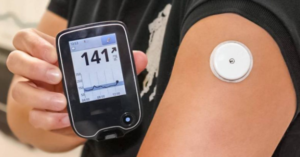
5. Mood supervision
Last decade more emphasis has been given to the importance of mental health. Mood tracking devices are used to record information about an individual’s emotional state and contribute towards the maintenance of a healthy mental state. The approach of the device is to monitor a person’s mood and detect whenever the individual is too stressed and not in a good shape to take serious decisions. The IoT device can give suggestions to the person on whether it’s good or not to engage in draining mental activities, whether it’s time to take a break or whether it would be advisable to make an appointment with the psychologist etc.
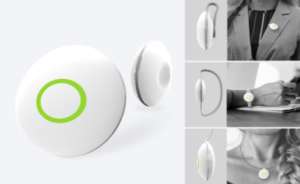
Advantages of IoT in the healthcare industry
According to Medium, the Internet of Medical Things will enhance savings of $300 billion for the healthcare industry and by 2020, 40% of IoT devices will be used in the healthcare industry.
The examples above are just a few from the vast spectrum of IoTM devices. Besides the fact that IoT devices in healthcare tackle specific health problems, they also provide a lot of general benefits. The biggest advantages of IoMT positively affect all the parties involved: individuals, doctors, and hospitals.
- Cost reduction
- Prevention of diseases or problems
- Proactive treatment
- Accurate data collection about health indices
- Error reduction
Benefits for Patients:
The IoT devices give individuals constant personalized health attention that helps them live healthier lives. Patients can also have more control and understanding of their own health status because they can check by themselves the collected information about their health indices. Also, the patients will have a higher degree of satisfaction due to the increased efficiency of treatments, improved by the IoT devices.
Benefits for Doctors:
The IoT device decreases the chance of the spread of infections, especially around hospitals and within the medical team. The data collected through the devices also help doctors better understand a patient’s condition and prescribe better treatments. The overall process of helping a patient becomes faster and more proactive.
Benefits for Hospitals:
IoT devices bring transparency between patients and insurance companies in underwriting claims, setting pricing and remunerations. The cost for procedures is reduced, and fewer human errors occur, increasing the institutions’ rating.
As IoT in the healthcare industry continues to develop, so do the benefits brought by it. In other words, the future of the IoT application in the healthcare industry looks very promising. The improvements of technology make the devices smarter, providing better and more accurate information. A lot of investment is focused on the development of virtual doctors that would streamline the role of human doctors for more difficult cases. Another idea is to create virtual hospitals, with no need for a physical building and all the inquiries being performed online, with the aid of IoMT devices.
Challenges and risks of IoT in healthcare
However, it is important to take into account the several risks related to the use of IoT in the healthcare industry. One of the main challenges is the cybersecurity risks that can compromise an individual’s right to data protection and security. Having access to a centralized database on health is an asset in the hands of responsible people, but what would happen if dishonest hackers have access to it? We can only imagine the disastrous consequences. In essence, private information is extremely valuable, but it also needs to be rigorously protected (which is a tough task, as history has proven). In 2020, at least half a dozen public hospitals in France had disrupted their operations after being targeted by ransomware hackers. Doctors were put in the position to restart using paper records, in the middle of a pandemic. More than that, the hospitals were asked to make huge payments to the hackers in order to have their systems restored. According to Chainalysis, payments of around $350 million in cryptocurrency were requested to counteract cyber attacks, which is an increase of 311% from 2019.
To continue, another challenge of IoMT is the need for reliable connectivity. Medical devices in particular need stable connections to access real-time data of patients’ conditions. Since Internet failure can happen from time to time, it is imperative to have systems in place to combat any connectivity interruptions.
Last but not least, the overall healthcare system should support the IoT devices, not just individual hospitals. To implement IoT at a larger scale, we require rules and regulations from the government of the overall process. Therefore, special attention and investment from the governments should also be a priority for IoMT.
In conclusion, IoT in the healthcare industry is an extraordinary opportunity to increase the well-being of the patients, streamline the health controls and improve the overall medical system. Applications such as smartwatch monitoring, connected inhalers, robotic surgery, glucose monitoring and mood monitoring are common IoMT devices that are slowly and steadily changing the industry. It is also important to acknowledge challenges such as cyber attacks, reliable connectivity and the need for governmental support for a smooth integration of IoMT. However, bottom line is that IoT the healthcare industry will continue to develop and set new higher standards for the medical industry, and not only.
Co-author
Laura Vasilov
Courses to help you get
results with IoT
Internet Of Things (IoT) Foundation™ 2
The industry-recognized CCC Internet of Things Foundation ensures you are ready to add value to organizations of diverse industries and dimensions. It does so through highly interactive and thought-provoking discussions which focus on: Group exploration and debates Lab exercises which allow learners to experience IoT applications Case study scenarios for IoT End of Module questions

About the Author
Senior Consultant with over 14 years of IT experience in delivery, consulting, and management (project & programme).
Never miss an interesting article
Get our latest news, tutorials, guides, tips & deals delivered to your inbox.
Keep learning
